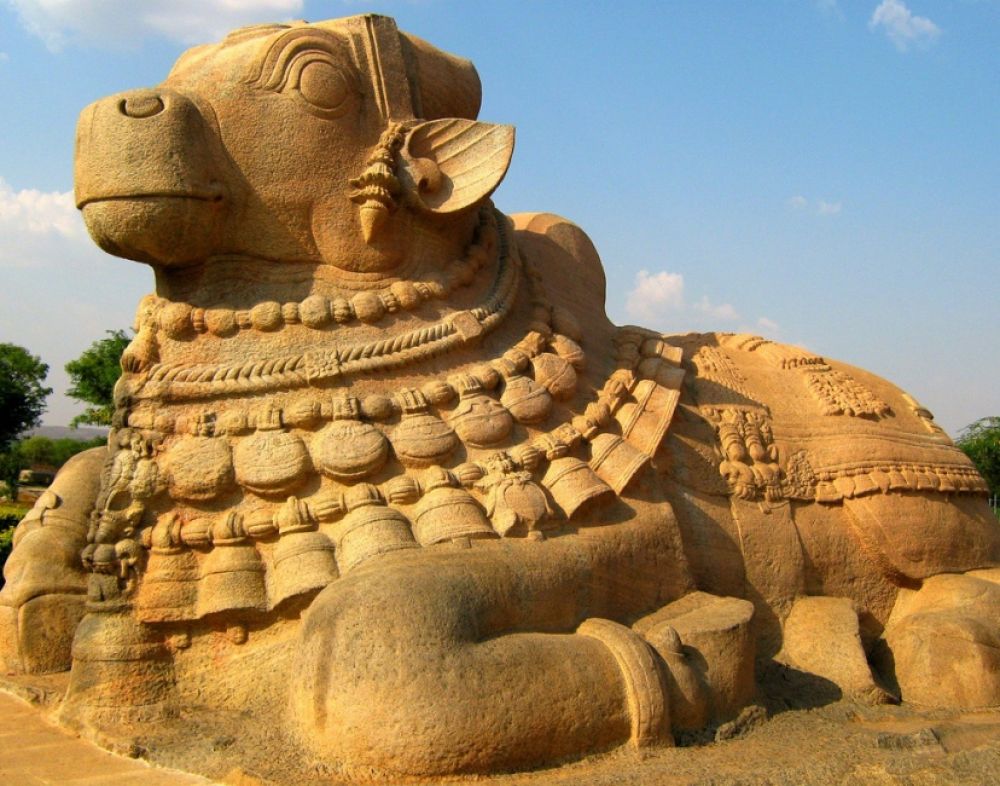

Nestled in the Anantapur district of Andhra Pradesh, the historical village of Lepakshi is famed for its rich legacy and spectacular monuments from the Vijayanagara Empire. Lepakshi's history in tourism can be traced back to the 16th century when the Vijayanagara rulers showcased their devotion to the divine through architecture, resulting in the creation of the mesmerizing Veerabhadra temple dedicated to Veerabhadra, an incarnation of Lord Shiva.
Its geographical marker, a large granite Nandi bull, is believed to be the largest monolithic sculpture of its kind in India. This antiquated village got its name from the legend of Jatayu from the epic Ramayana, where, in his final breath, he was commanded to 'le pakshi,' which translates to 'rise, bird' in the Telugu language.
Over years, Lepakshi has emerged as a significant cultural and historical tourist attraction. It slowly gained popularity for its archaeological brilliance and the tales of mythology associated with it. Though it does not enjoy the prominence of major tourist spots in India, it is a cherished destination for those interested in history, culture, and architecture.
Its historical monuments, intricate sculptures, and mural paintings have attracted academics, historians, and tourists alike. In particular, the Veerabhadra Temple has been a focal point for tourism, with its exquisite frescoes and the Hanging Pillar, which stands as a testament to the engineering exploits of ancient Indian artisans.
Lepakshi has recently witnessed an upsurge in thematic tourism. Tourists are no longer just sightseers but travel to undertake a journey through the epics of Hindu mythology and to experience the remnants of the Vijayanagara Empire's grandeur.
Now, apart from regular tours, Lepakshi offers curated experiences that include heritage walks and local storytelling which vividly bring out the folklore and legends attached to Lepakshi’s edifices. Photography tours within the region are also gaining popularity given the stunning backdrop the architecture provides.
The Government, to promote tourism, has organized festivals and events around the temple's cultural heritage. Moreover, the enhancement of tourism amenities and the push for easier accessibility have contributed to a steady increase in domestic and international visitors.
Travelers are also embracing sustainable and responsible tourism practices, with a growing preference for local engagements and authentic cultural experiences. Art workshops, traditional craft showcases, and interactive sessions with local artisans have seen a growing interest.
As Lepakshi continues to grow as a niche tourist destination, there is a conscious effort underway to conserve its antiquities and promote responsible tourism. Future plans for Lepakshi tourism focus on sustainable development, conservation projects, and creating informative and engaging visitor experiences that respect the site’s historical significance while catering to the growing interest in India's rich cultural tapestry.